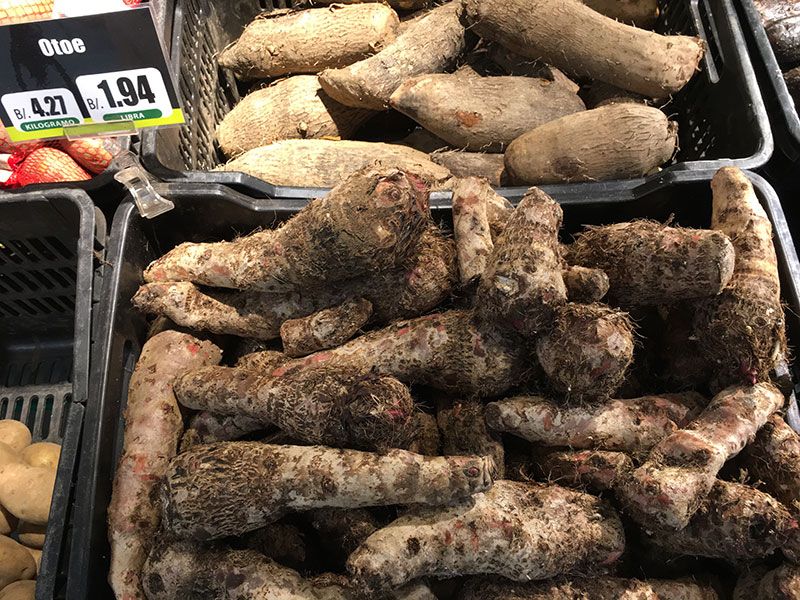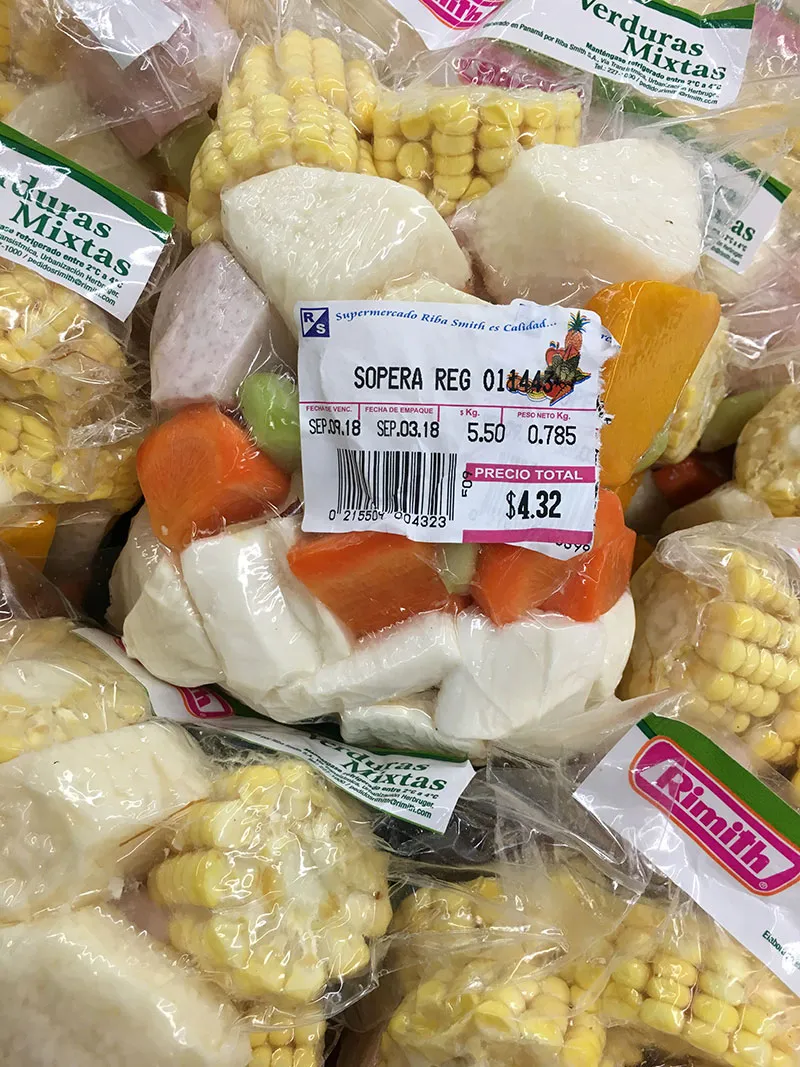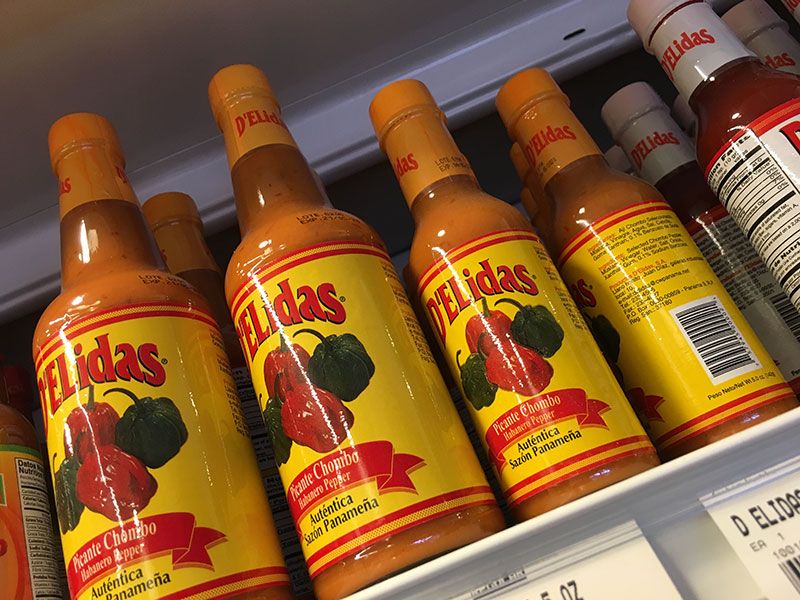SMITHSONIAN TROPICAL RESEARCH INSTITUTE
Chicken Soup with Yams: where Old and New Worlds Meet
Sanchocho recipe
/https://tf-cmsv2-smithsonianmag-media.s3.amazonaws.com/blogging/featured/IMG_8324_resize.jpg)
When my daughter was a baby, one of her favorite foods was sancocho, the local Panamanian version of chicken soup, pureed in a blender. Now she lives in New York City, but she still gets together with friends to make a big pot of sancocho, a warm reminder of home on chilly fall days and a scientifically proven defense against the common cold.
Never stand between two people who disagree about what “real” sancocho should contain. Sancocho assumes wildly different forms from Colombia to the Dominican Republic, where its ingredients reflect the deep cultural and biological heritage of Hispanic nations.
The Spanish brought the original recipe for sancocho to the Americas. But in Panama, sancocho may delightfully blend not only the original yams and cilantro from the Old World, but also New World ingredients from pumpkin to annato. Following is a list of ingredients in Panamanian sancocho, with notes regarding their origins:
The traditional ingredients:
Chicken (Gallus gallus domesticus)
The best local sancocho recipes call for gallina de patio, large-boned, free-range chickens common in rural households. Chickens, first domesticated in China around 12,000 years ago and in Southwest Asia around 5,400 years ago, apparently came to the Americas with early explorers from Europe and slave traders from Africa in the 1500’s and 1600’s.
Yams (Discorea alata, Discorea spp.)

Literally “slimy yams” or ñame baboso in Spanish, is the preferred starchy tuber for traditional sancocho. Probably brought from Africa via Spain, it’s currently becoming scarce and expensive because it’s susceptible to a variety of different plant diseases and pests. Native yams provide a cheaper substitute.
Garlic (Allium sativum)
Originally from Iran and central Asia, garlic came to the New World with the Spanish, although many other forms of wild onion were already in use here.
Cilantro/Culantro (Coriandrum sativum, Eryngium foetidum)
The Spanish brought forked-leaved coriander with them, but a local plant with long, straight leaves also produces the same chemical compound and taste.
Oregano (Origanum vulgare)
From Western and Southwestern Eurasia and the Mediterranean, brought to the New World by the Spanish. The use of oregano in sancocho is still a much debated topic among local cooks.
And ingredients included in modern versions:
Cassava, Yucca (Manihot esculenta)
Seven-thousand-year-old starch grains of cassava were found by the Smithsonian’s Dolores Piperno and colleagues on pottery from archaeological sites in Panama. Still one of the main sources of starch in the local diet, yucca is a controversial ingredient in contemporary sancocho.
Corn (Zea mays)

A friendly host will make sure to serve each guest piece of corn-on-the-cob in their bowl, which some may argue turns traditional sancocho into chicken and vegetable soup. Work by Piperno and colleagues revealed some of the first evidence for maize domestication in Mexico and that the Earth’s atmosphere may have been quite different when people first collected seeds from its ancestor, teosinte.
Pumpkin (Cucurbita pepo)
Traditionalists are horrified by the idea of adding pumpkin to sancocho, but even shrink-wrapped soup “kits” sold in the supermarket may contain pumpkin, one of the three sisters (corn, squash and beans), the traditional staple foods of the Americas.
Condiments
Chile peppers (Capsicum annuum, Capsicum chinense)

Vegetable sellers at markets stock repurposed fifth of rum bottles filled with their own special hot sauce, usually chile peppers blended with mustard sauce and/or vinegar. Work by Smithsonian archaeologists revealed fossil starch grains of domesticated chiles in South and Central American sites up to 6000 years old.
Annato, achiote (Bixa orellana)
Folks from far western Panama may add a few annatto seeds in to their version of sancocho as it cooks slowly in a clay pot over a wood fire, giving what ends up more like a vegetable stew a distinctive orangey-red color and special richness.
The Smithsonian Tropical Research Institute, headquartered in Panama City, Panama, is a unit of the Smithsonian Institution. The Institute furthers the understanding of tropical biodiversity and its importance to human welfare, trains students to conduct research in the tropics and promotes conservation by increasing public awareness of the beauty and importance of tropical ecosystems. Website. Promo video.

